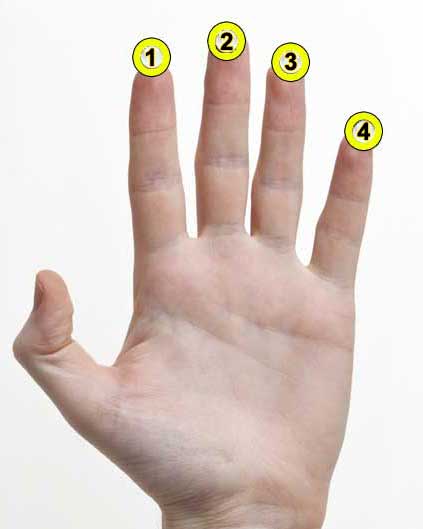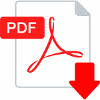C Minor Major Ninth Guitar Chord (Cm(maj9)) | Easy Ways to Play It

Welcome to our tutorial on the C m(maj9) chord. This chord, a member of the Minor Chords family, is composed of the notes C, Eb, G, B, and D. The chord is built from the intervals 1, b3, 5, 7, and 9, which correspond to the Root, Minor Third, Perfect Fifth, Major Seventh, and Major Ninth, respectively.
Understanding the composition of this chord involves a deep dive into the world of guitar music theory. This theory involves the stacking of intervals to create the rich, complex sounds we associate with advanced chords like the C m(maj9).
By understanding the fretboard intervals, you can gain a deeper appreciation for how this chord is structured. The intervals in the C m(maj9) chord, for instance, create a unique sound that sets it apart from other minor chords.
It's also important to understand how to denote these chords based on their intervals. Our tutorial on guitar chords notation can help you master this essential skill.
The C m(maj9) chord is more advanced than beginner chords, and you can find more like it in our intermediate guitar chord tutorial. These chords often feature in jazz chord progressions, where the use of maj7, m7, and 7 chord types is common.
Finally, if you're unsure of how to name a chord based on its shape, our interactive guitar chords reverse namer tool can be a great help. This tool is especially useful when dealing with complex chords like the C m(maj9).
We hope this introduction has piqued your interest in the C m(maj9) chord. Stay tuned for our in-depth tutorial complete with chord diagrams and fretboard patterns to help you master this fascinating chord.
Notes of the C m(maj9) chord:
Chord Formula:
Fingerings for the Cm(maj9) guitar chord
No guitar diagrams created yet for this chord. Request one here
 Download
the Free Guitar Chords Chart Pdf
Download
the Free Guitar Chords Chart Pdf